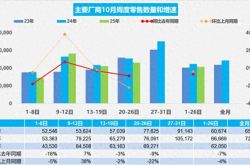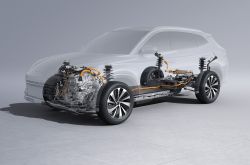An In-Depth Look at Geely's Intelligent Driving Technology Evolution
![]() 04/28 2025
04/28 2025
![]() 688
688
Since unveiling the 'Intelligent Geely 2025' strategy in 2015, Geely Automobile has consistently invested in intelligent driving technology, emphasizing four core areas: vehicle architecture, computing power platforms, data and algorithms, and layered intelligent driving systems.
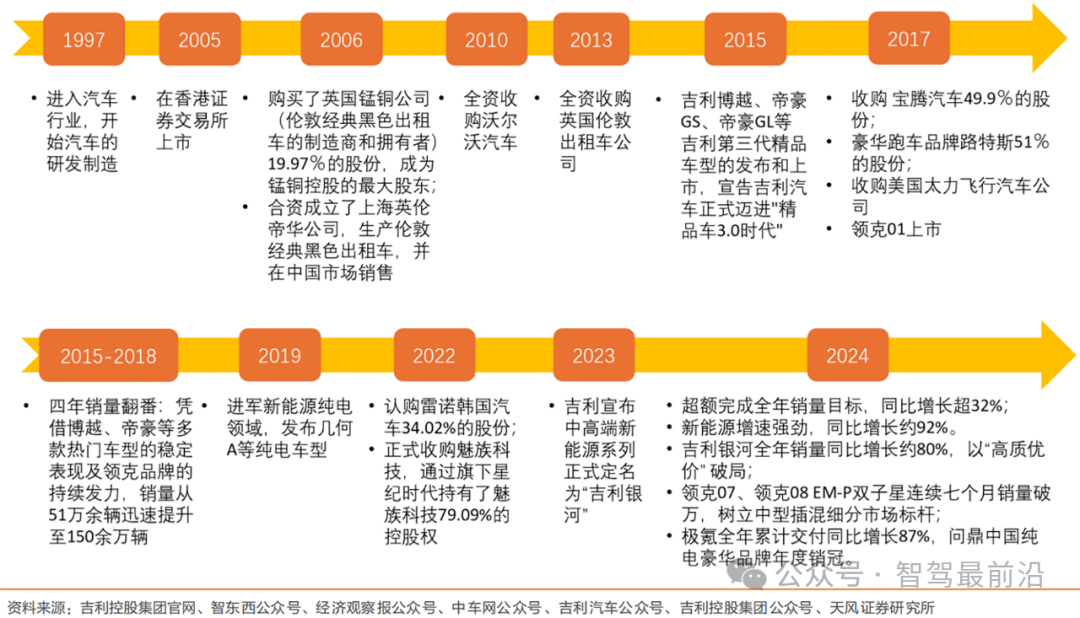
Geely's Journey of Innovation
Geely initially recognized the pivotal role of vehicle chassis architecture in intelligent driving. Following the acquisition of Volvo, Geely collaborated with China-Europe Vehicle Technology (CEVT) in Sweden to develop the Compact Modular Architecture (CMA). This architecture supports multiple powertrains, including traditional internal combustion engines, plug-in hybrids, and pure electric vehicles. From its inception, CMA reserved hardware redundancy for L4 autonomous driving, offering high scalability and customization. It enables brands like Geely, Lynk & Co., and Zeekr to share chassis platforms through standardized modules and unified interfaces, enhancing production efficiency while catering to each brand's unique needs.
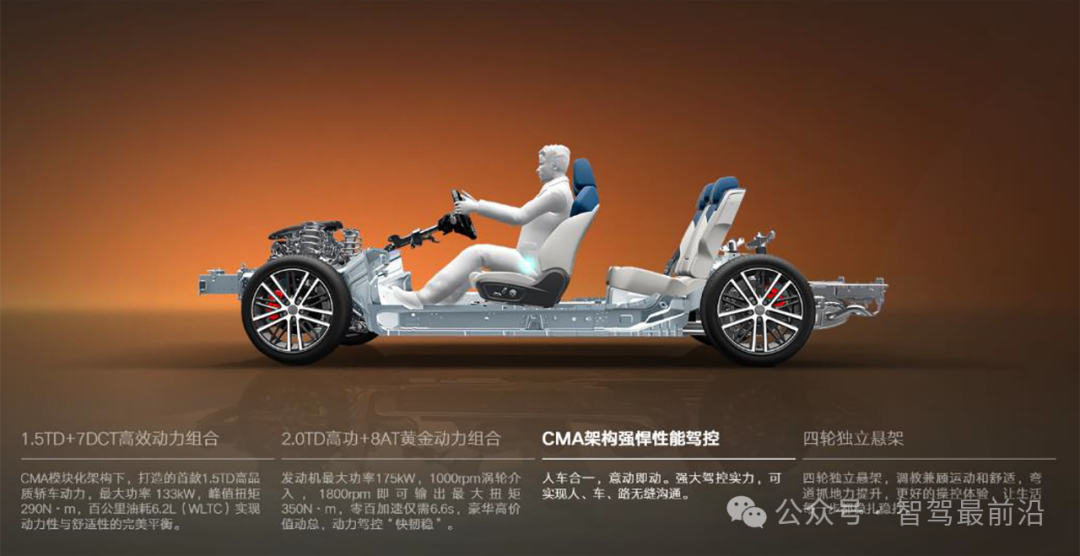
CMA Architecture Overview
Pure electric vehicles adapted from fuel vehicle architectures often face trade-offs in range and space. To address this, Geely introduced the SEA Intelligent Evolution Experience Architecture in 2020, creating a trinity platform spanning hardware, system, and ecological layers. It provided the highest bandwidth pure electric architecture globally at the time, covering vehicles with axle distances ranging from 1800mm to 3300mm, and satisfying diverse styling needs for sedans, SUVs, MPVs, sports cars, and pickups. Models such as Lotus Eletre, Volvo EX30, Zeekr 009, Zeekr 001, Zeekr 007, JiYue 01, and smart #1/#3 have achieved mass production based on the SEA architecture, marking Geely's formal entry into the systematic advancement phase of smart electric vehicles.
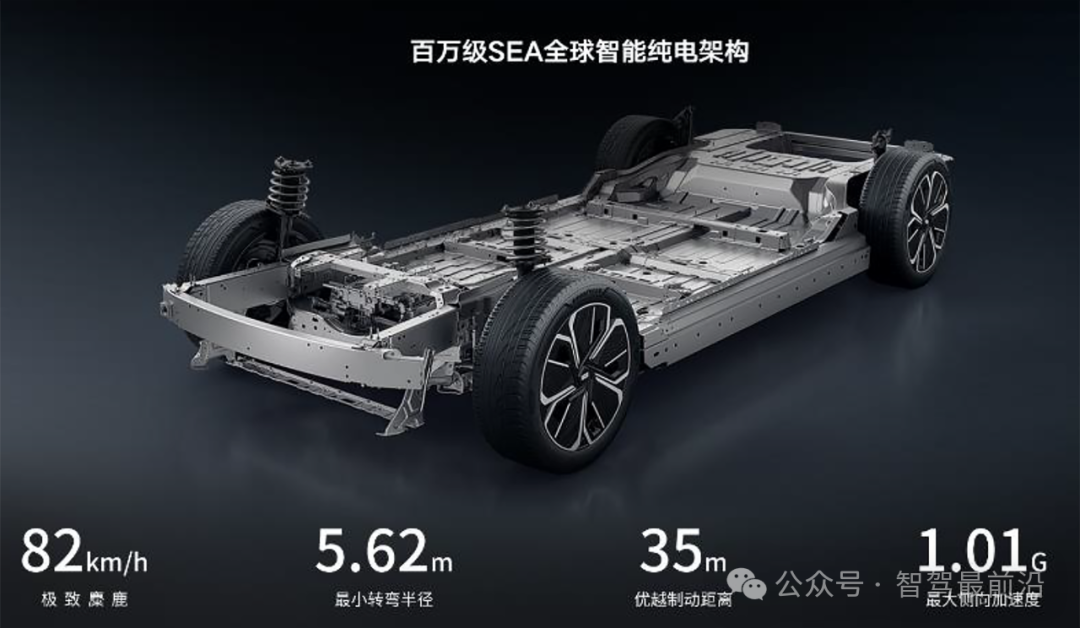
Expansive SEA Architecture Overview
Building upon the SEA architecture, Geely launched the GEA Global Intelligent New Energy Architecture in April 2024, deeply integrating 'hardware, system ecology, and AI'. GEA is compatible with a full spectrum of new energy solutions, including pure electric, plug-in hybrid, extended-range, and methanol-electric. Leveraging the AI digital chassis and multi-suspension combinations, it utilizes virtual simulation to complete tens of thousands of tuning iterations, achieving refined driving control quality. Additionally, GEA's new electronic and electrical architecture adopts a central brain + regional service design, decoupling centralized computing power and software logic layers on the vehicle side, providing higher flexibility and scalability for ecological cooperation and user experience enhancement. Models such as Yinhe E5, Geely Xingyuan, and Yinhe Xingjian 7EM-i are built on the GEA architecture and have garnered multiple prestigious industry awards for their class-leading performance.
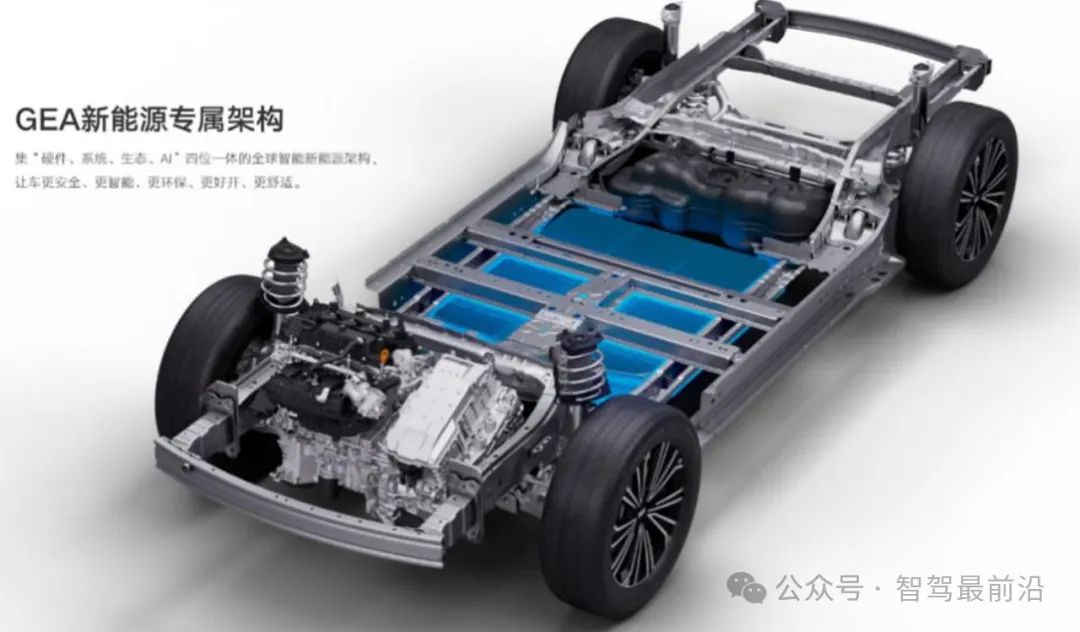
GEA Architecture Overview
Entering 2025, Geely further enriched its modular architecture system by introducing the SPA Evo architecture for large luxury electric hybrid vehicles. Derived from Volvo's SPA platform, this architecture specializes in large, high-end hybrid SUVs with axle distances exceeding 3050mm and lengths exceeding 5000mm. It inherits the SPA architecture's genes in safety and handling, providing dual guarantees of space and performance for models like the Lynk & Co. 900, marking Geely's technological accumulation and breakthrough in the field of electric hybrid luxury SUVs.
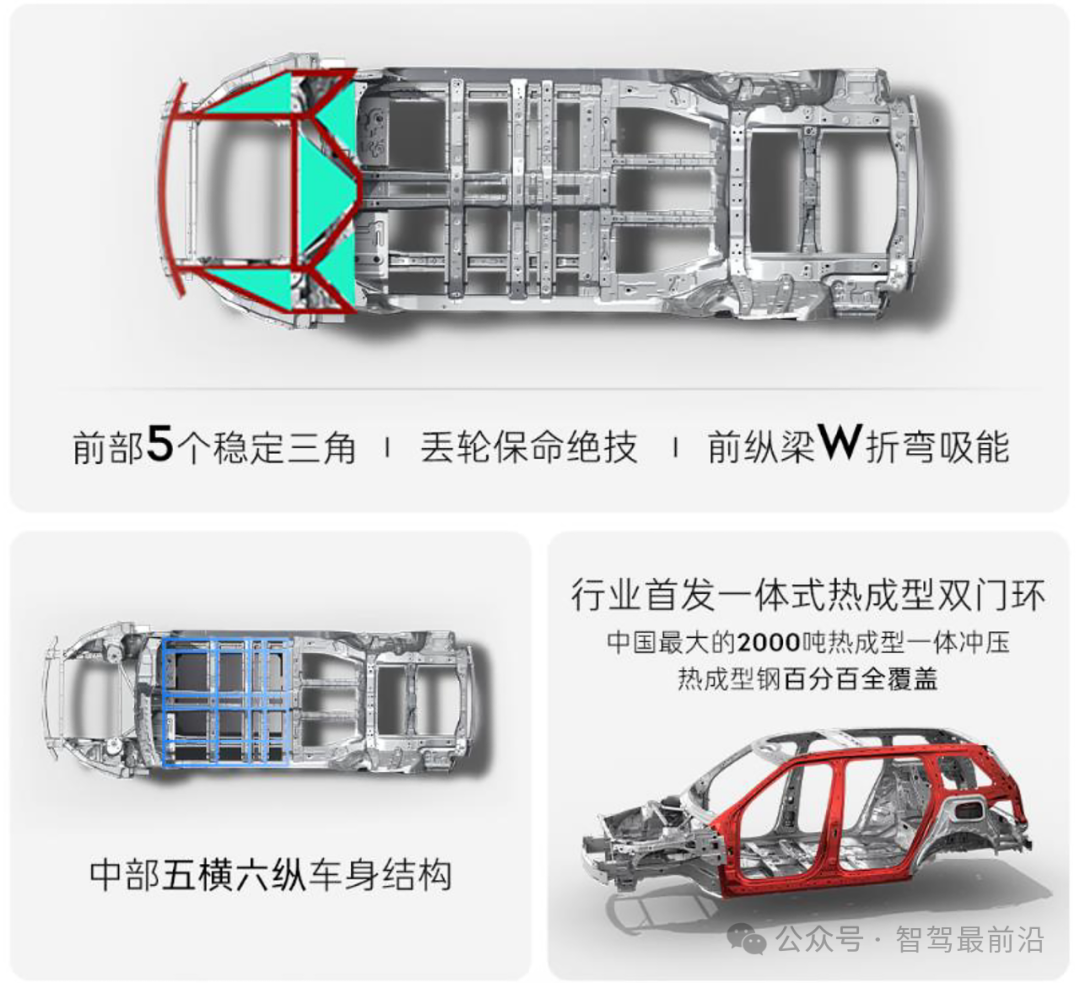
SPA Evo Architecture Overview
Beyond vehicle architecture evolution, computing power platforms and data capabilities are critical in supporting intelligent driving. Geely, alongside ecological partners like Jieyue Xingchen, Qianli Technology, and Xingji Meizu, established the 'Intelligent Automobile Computing Power Alliance' - Xingrui Zhisuan Center 2.0, boasting a combined computing power of 23.5 EFLOPS, ranking first among domestic automakers. This platform not only supports large-scale AI model training through cloud computing but also collaborates with vehicle-end computing platforms to propel end-cloud integrated intelligent driving.
Relying on its extensive user base and Internet of Vehicles data, Geely has constructed a synthetic data platform. Utilizing multi-modal world models and video decoder technology, it generates a diverse range of synthetic scenarios in the cloud, encompassing various weather conditions, times of day, roads, and human-vehicle interaction environments, providing 'fuel' for large model training. This 'real + synthetic' dual data strategy significantly enhances AI models' robustness and generalization ability in complex scenarios.
Based on data and computing power, Geely has developed the industry's first 'Holistic AI' technology system and launched the Geely Xingrui AI large model. This model received the highest rating of 4+ from the China Academy of Information and Communications Technology and can handle full-scenario tasks from environmental perception, behavior prediction, to path planning and vehicle control. By integrating perception, prediction, planning, and control modules into an end-to-end framework, the Xingrui AI large model achieves unified network reasoning and supports up to 100 TOPS of computing power on the vehicle side, enabling the intelligent driving system to maintain high accuracy and low latency in complex urban roads.
To cater to different market requirements and regulations, Geely has divided intelligent driving capabilities into five levels and named this high-level intelligent driving system 'Qianli Haohan': H1, equipped with over 100 TOPS of vehicle-end computing power, supports highway NOA and memory parking APA; H3 adds urban commuting NOA to H1, achieving urban intelligent driving equity; H5 introduces an end-to-end large model, supporting mapless urban NOA and dock-to-dock pilot assistance (D2D); H7 integrates a visual language model (VLM) and a digital proactive network, enhancing multi-modal environmental perception and interaction capabilities; H9 targets L3 autonomous driving, equipped with dual ThorU chips and a multi-lidar combination, achieving functional safety and redundancy design for mass production.
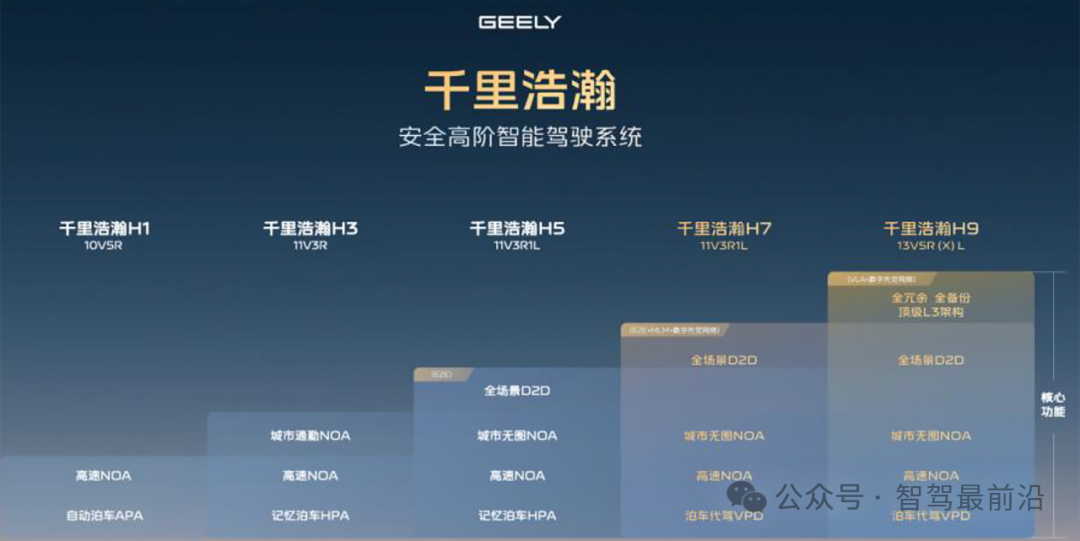
Qianli Haohan Intelligent Driving System Overview
In terms of algorithm and system implementation, Geely has established a closed-loop tool chain from algorithm verification to vehicle-end deployment through the 'Tiangong Kaiwu' algorithm development chain and 'Tage' embedded middleware. This tool chain integrates a modular algorithm library, a visual debugging interface, and an automated testing framework, enabling algorithm engineers to complete model compilation and performance evaluation within minutes. The 'Tage' middleware provides automotive-grade operating system interfaces, sensor abstraction layers, and security monitoring services, accelerating vehicle integration and functional verification. The AIDI software platform facilitates a full-process closed loop for model management, data annotation, OTA upgrades, and version control, significantly reducing the time from the laboratory to mass production.
At the mass production validation level, Geely has deployed the 'Qianli Haohan' system in a layered manner across its brands and sub-brands like Lynk & Co. and Zeekr. Starting from the second half of 2025, new and updated models of Geely Yinhe and Geely Xingyue will successively feature intelligent driving solutions of varying levels, covering multiple scenarios such as highways, urban areas, and parking. Simultaneously, Geely has jointly established the HORSE Powertrain Company with Renault and is collaborating with Proton in Malaysia and Renault Korea to conduct localized testing and validation of intelligent driving and powertrain technologies in ASEAN and Korean markets, further enriching global application scenarios.
As regulations gradually loosen for L3+ to L4 autonomous driving and the market enters a phase of stock competition, Geely faces numerous challenges: compressing the inference size and latency of large models on automotive-grade platforms, balancing performance and cost between pure vision and multi-sensor fusion, constructing multi-sensor redundancy and fault self-diagnosis mechanisms to meet ISO 26262 ASIL D-level functional safety requirements, and collaboratively innovating with more algorithm, tool chain, and service partners in an open ecosystem to promote intelligent driving technology in more segmented scenarios and business model innovations.
Through iterative upgrades of its underlying modular vehicle architecture, the construction of a star-level computing power platform and synthetic data platform, the implementation of a holistic AI large model, and the layered deployment of the 'Qianli Haohan' intelligent driving system, Geely Automobile is progressively transforming the vision of 'Intelligent Geely 2025' into technological and product strength. This provides a replicable technical path and industrialization experience for Chinese automakers in the global intelligent driving race. In the future, with continuous technology optimization and ecosystem expansion, Geely is poised to achieve a higher-level leap in intelligent driving, bringing safer, more efficient, and smarter travel experiences to users.
-- END --



